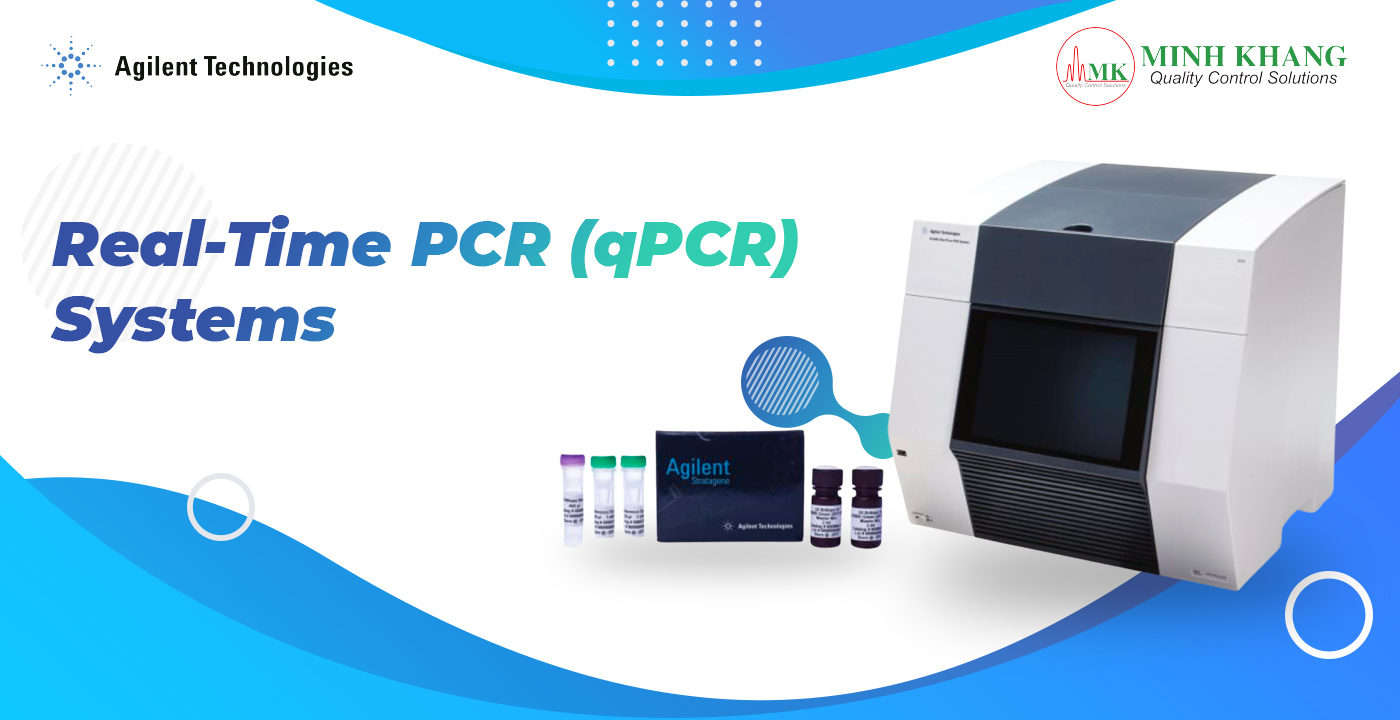Understanding material properties is essential to determine if material or product is fit for its intended use or to understand and correct errors in the synthesis process.
To ensure the quality of materials, solve material performance problems, develop new products, we need to know the structure and composition of the material as well as its chemical or physical and mechanical properties of materials.There are many materials analysis techniques available:
1. Microscope
a- Surface analysis
• Scanning Electron Microscopy (SEM)
Study surfaces and particles, targeting failure analysis of components, visualization of texture and morphology, or contamination of materials
• Transmission Electron Microscopy (TEM)Analysis reveals crucial information on the internal structure of materials
• X-Ray Photoelectron Spectroscopy (XPS)Analysis to provide quantitative elemental composition information and chemical states of components
• X-Ray Diffraction (XRD)Investigates crystalline material structure, including atomic arrangement, crystallite size, and imperfections.
b- Analysis of nanotechnology
• Nanoparticle analysis
Analysis of particle size and particle morphology by electron microscopy
Apply image analysis to generate quantitative information about size and shape distribution
Analyze carbon nanotubes using Raman spectroscopy to monitor tube diameter and sample purity, combine thermogravimetric analysis (TGA) and elemental analysis for information on sample purity or residuals amount of catalyst
• Nano dispersion analysis
Optimal properties depend on achieving a uniform dispersion (no coagulation), and sometimes also on controlling the nano-dispersion orientation. Use techniques such as electron microscopy, x-ray diffraction, and spectroscopic methods to characterize the aggregate morphology and quantify the uniformity or orientation of the dispersion.
2. Fourier Transform Infrared Spectroscopy (FTIR)
Analysis and identification of chemical compounds in mixtures of different chemical compounds
FTIR can be combined with other techniques to provide more complete information about chemical molecular structure (FTIR/TGA, etc.)
3. Nuclear Magnetic Resonance (NMR)
Analysis of the chemical structure of liquids and dissolved solids
Quantification of ingredients in a mixtureStudy of kinetics and temperature of the reaction mixture
Polymerization, including structure, co-monomer ratio, terminal group and mean molecular weight (Mw)
4. Chromatography and mass spectrometry
Chromatography allows the quantification and identification of chemical substances and chemical compounds
Mass spectrometry is used to detect and identify unknown substances, mixtures, chemical structures, etc. When combined with other modern techniques, it is possible to detect substances in trace form.
5. Thermal analysis
Glass transition temperature (Tg)
Glass transition temperature of a material, when below which amorphous materials behave as a vitreous solid and above which similar materials behave as if they were liquids or solids like rubber. Glass transition temperature (Tg) is one of the most fundamental material properties and has a major impact on the suitability of a material for a given application. There are many techniques to determine the glass transition temperature of materials, but there are three popular techniques including Differential Scanning Calorimetry (DSC), Dynamic Mechanical Analysis (DMA), and Thermomechanical Analysis (TMA).
6. Analysis of mechanical properties of materials
– Impact test
– Hardness test (methods vary depending on materials and research needs: Brinell, Rockwell, Vickers, Knoop)
– In addition, there are other criteria such as: testing of abrasion, elongation,…[/vc_column_text][/vc_column][/vc_row]






 VI
VI